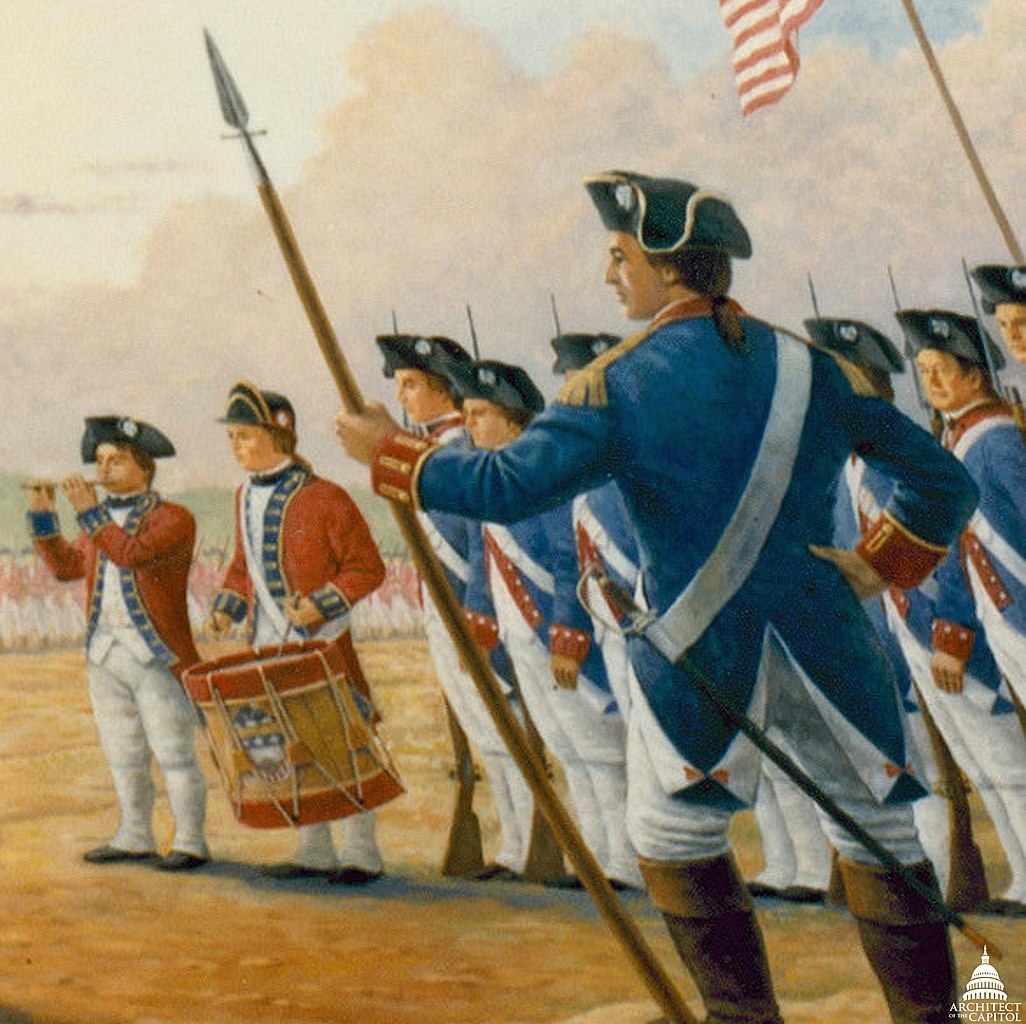Schuman, New England Triptych (Chester)
When it comes to American patriotic tunes, Chester sits pretty much at the top of the list. Col. Jim Keane, director of the U.S. Army Field Band and a contributor to some of our courses, remarked in one of Carol’s interviews that Chester and Yankee Doodle were the most frequently requested.

The Boston composer William Billings (1746-1800) composed Chester and published it in his 1770 songbook The New England Psalm Singer. He polished it up a little for a second publication in 1778, The Singing Master’s Assistant. Billings was the most prominent member of what is sometimes called the “First New England School” of composers, or, more colorfully, the “Yankee Tunesmiths.” These were mostly self-taught musicians who celebrated the raw American spirit, to the embarrassment of some of their more learned contemporaries. Billings’ music would be spread across the frontier by itinerant music masters teaching shape-note singing.
The video for today is a set of variations on Chester composed by William Schuman (1910-1992) as the final movement of his New England Triptych (1956). All three movements are based on Billings’ tunes. Schuman’s musical career began in high school in New York when he formed a dance band called Billy Schuman and his Alamo Society Orchestra. (Where the Alamo fits in, I have no idea.) While pursuing a business degree, he went to see Toscanini conduct at Carnegie Hall and was astounded by the classical orchestra. Based on that experience, he quit business to study composition. He would become the president of the Juilliard School of Music and later president of Lincoln Center.
Originally scored for orchestra, Schuman himself did the band arrangement.



